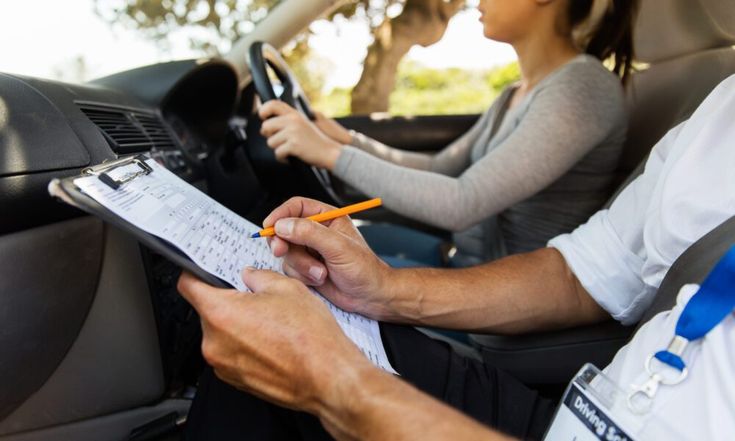Driving is an essential part of daily life, but it also comes with risks. Every day, thousands of accidents occur due to reckless behavior, distractions, or simply a lack of awareness. Defensive driving is a proactive approach that helps drivers anticipate hazards, avoid collisions, and stay safe on the road. In this blog, we’ll explore the key principles of defensive driving and provide practical tips to improve your skills behind the wheel.
What Is Defensive Driving?
Defensive driving is the practice of using safe driving strategies to minimize risks and avoid accidents. It involves anticipating potential dangers, making informed decisions, and reacting calmly to hazardous situations. By mastering defensive driving, you not only protect yourself but also contribute to overall road safety.
Key Principles of Defensive Driving
1. Stay Alert and Focused
One of the most critical aspects of defensive driving is staying attentive. Distracted driving is a leading cause of accidents, whether it’s due to using a phone, eating, or adjusting the radio. To remain focused:
- Keep both hands on the wheel at all times.
- Avoid using mobile devices while driving.
- Continuously scan the road for potential hazards.
2. Maintain a Safe Following Distance
Tailgating increases the risk of rear-end collisions. Always maintain a safe following distance between your vehicle and the one in front of you. The “three-second rule” is a helpful guideline:
- Pick a stationary object on the roadside.
- Once the car ahead passes it, count to three.
- If you reach the object before finishing the count, you’re too close.
In adverse weather conditions, increase this distance to allow more reaction time.
3. Anticipate the Actions of Other Drivers
Not every driver follows traffic rules, so it’s important to stay prepared for unpredictable behavior. Look out for:
- Sudden lane changes or merging without signals.
- Drivers who may run red lights or stop signs.
- Pedestrians crossing unexpectedly.
Being observant allows you to react promptly and avoid potential dangers.
4. Obey Speed Limits and Adjust for Conditions
Speed limits are set for a reason—they ensure safety based on road conditions, traffic flow, and surroundings. However, defensive driving also means adjusting your speed based on weather, road conditions, or traffic congestion.
- Reduce speed in fog, rain, or snow to prevent skidding.
- Be extra cautious in residential areas and school zones.
- Avoid sudden acceleration or braking, as it can lead to loss of control.
5. Always Have an Escape Plan
Being boxed in by other vehicles leaves you with limited options in case of sudden stops or emergencies. To stay safe:
- Avoid driving in another driver’s blind spot.
- Leave room on at least one side of your vehicle.
- Plan an escape route in heavy traffic or on highways.
6. Use Mirrors and Signals Effectively
Proper use of mirrors and signals enhances visibility and communication on the road:
- Check mirrors frequently to stay aware of surrounding traffic.
- Always signal at least three seconds before turning or changing lanes.
- Look over your shoulder to check blind spots before switching lanes.
7. Handle Road Rage with Patience
Aggressive drivers can pose a serious threat. If you encounter road rage:
- Stay calm and avoid eye contact with aggressive drivers.
- Do not engage in honking or retaliatory behavior.
- If necessary, change lanes or pull over safely to avoid confrontation.
Benefits of Defensive Driving
Practicing defensive driving doesn’t just reduce accidents—it has additional benefits:
- Lower Insurance Premiums: Many insurance companies offer discounts for safe driving.
- Increased Fuel Efficiency: Smooth driving and controlled braking improve fuel economy.
- Peace of Mind: Knowing you’re taking proactive steps to stay safe can reduce stress and anxiety while driving.
Final Thoughts
Defensive driving is about being cautious, responsible, and proactive. By applying these strategies, you can significantly lower your risk of accidents and contribute to a safer driving environment. Whether you’re a new driver or have years of experience, defensive driving is a skill that benefits everyone on the road.
Stay alert, drive smart, and keep safety a priority every time you hit the road!


Comments are closed